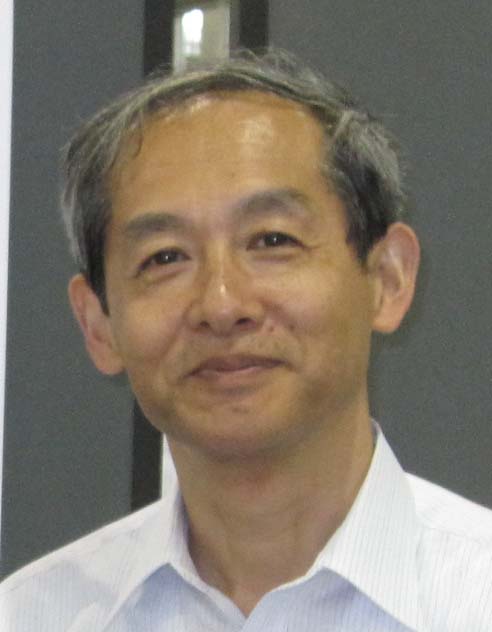Message
Let me explain the scope of “Archaeological Proteomics Research Project”, for which very few people might be able to make sense from this short title alone.
Perhaps many people know that protein is one of the essential nutrients contained in the food. Some of them also know that proteins are digested in our body to provide us with a mixture of amino acids necessary to reconstruct proteins of our own. It is, however, still harder to distinguish between silk (protein) and cotton (polysaccharide) or between animal glue (collagen: protein) and lacquer (varnish resin), even for those who have some basic knowledge in science. Although proteins are generally edible and prone to rot if not adequately be preserved, a few of them such as collagen, silk, and keratin can survive for tens of thousand of years. In fact, collagen has been found well preserved in bone fragments of an 80-million-year-old dinosaur, providing information about the identity as a bird-dinosaur.
In our project we are developing methods for obtaining archaeological information by analyzing the structure of proteins to be extracted from the materials of historical or cultural values. We could possibly manage to read such information engraved in the amino acid sequence and its modification of proteins just as a linguistic alchemist (I am a chemist, though) attempts to break codes. As a means for deciphering, we use the techniques of proteomics, which studies the structure, function, and composition of all the proteins present in the cells of a certain organ or tissue with the aid of state-of-the art mass spectrometry in protein analysis.
Nara Women’s University is situated very close to Todiji-temple at the northeast corner of ancient capital city of Nara (Heijo-kyo). Shosoin (formerly the Treasure House of Todaiji-temple) houses arts and crafts including the belongings of Emperor Shomu and Empress Komyo presented from ancient China. Proteins to be extracted from the items contained in this House should speak something historically invaluable if properly be analyzed. We believe that Nara, Heijo-kyo Capital Area (UNESCO World Heritage), is one of very few venues capable of collecting remains related to ancient Japan (8th century). For those who are visiting this web site, please inform us about items that are old enough to have some archaic value and seem to contain protein(s). With such information, we will be able to extend our research area with respect to time and region.
Thank you for visiting us!

Takashi Nakazawa
Professor (Chemistry)

